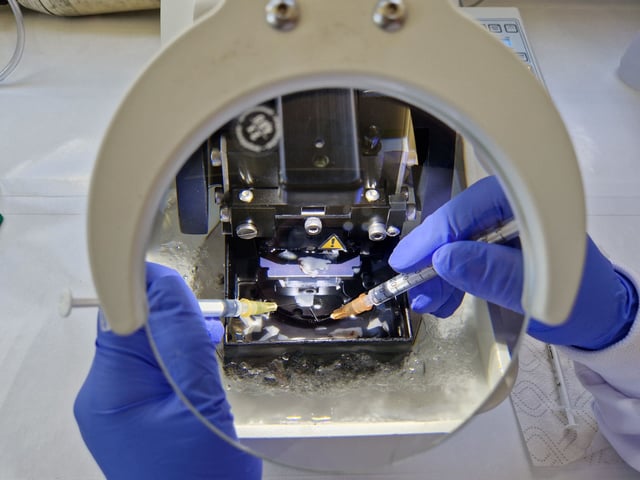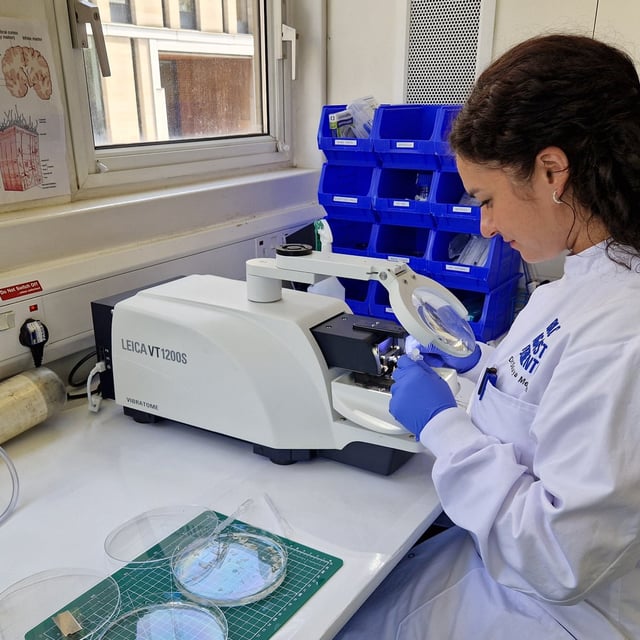Overview
- Scientists at the University of Edinburgh used living human brain tissue from consenting neurosurgery patients to study Alzheimer’s disease in real time.
- The research demonstrated that toxic amyloid beta directly destroys synaptic connections without triggering repair mechanisms, unlike its normal form.
- Brain slices from the temporal lobe were found to release higher levels of tau protein, explaining why this region is particularly vulnerable in early Alzheimer’s.
- The innovative platform, supported by Race Against Dementia and the James Dyson Foundation, is poised to fast-track drug development and testing on human brain cells.
- This breakthrough bridges the gap between molecular pathology and translational research, providing a critical tool for combating the global dementia crisis.



